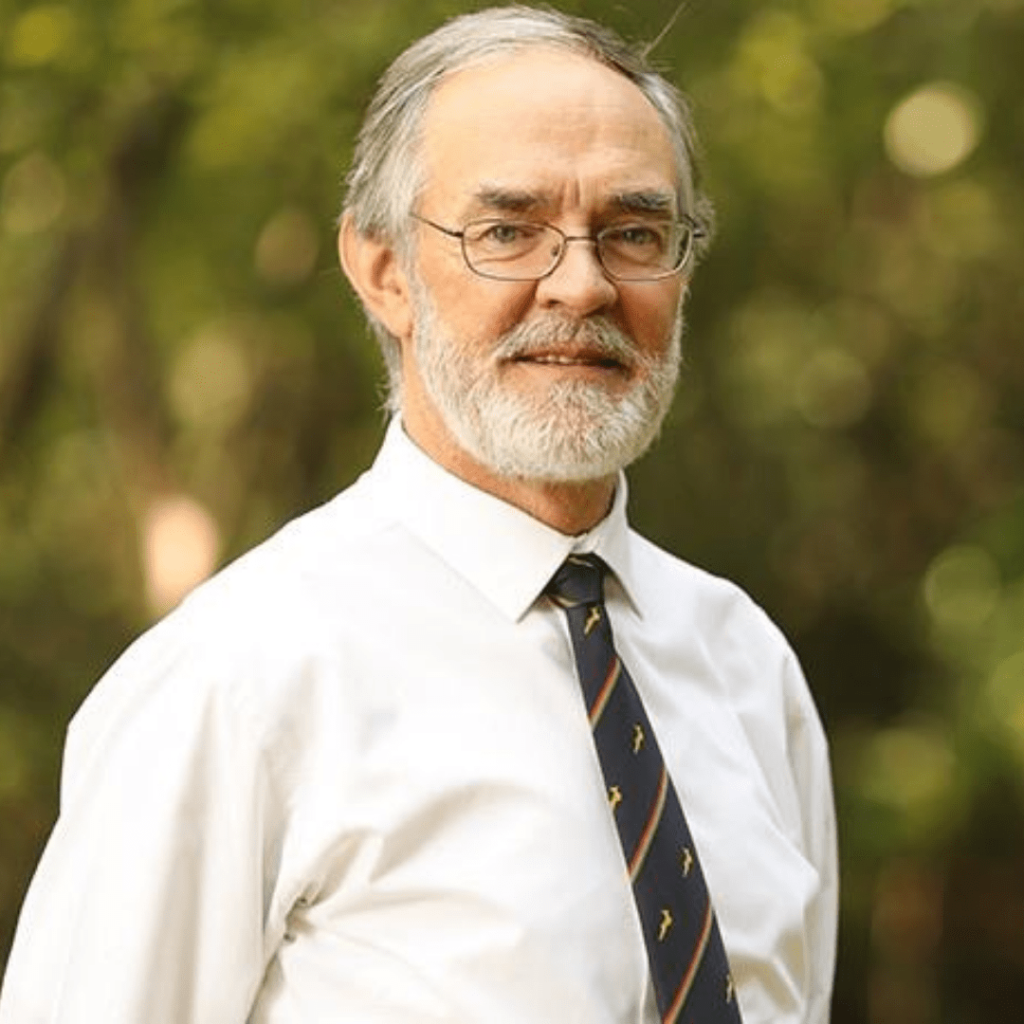Dr Roelof Botha

Renowned economic advisor Dr Roelof Botha was hosted on 17 August, in a webinar presented by the South African United Employers Organisation (SAUEO) and The Game Influencers (TGI), to offer a business intervention that intends to move the business from uncertainty to limitless possibility. During this time of unprecedented crisis, Botha draws on more than 40 years of experience to offer a bird’s eye view of the social, political and economic landscape into 2022.
Botha is an economic advisor to the Optimum Financial Services Group, a former recipient of the Finmedia Economist of the Year Award, and a regular commentator on topical macroeconomic issues. His forecasts from both a South African and global perspective, provide some level of certainty for businesses that are engaged in rebuilding, reinventing or inventing in unparalleled times of uncertainty.
Key challenges facing South Africa
In the South African context, a combination of the impact of Covid-19, coupled with the civil unrest in July has been a double blow for business. Over and above these recent dynamics, Botha began his presentation by pointing out that when looking at the macroeconomic and political scenarios, local business has to contend with a unique set of challenges.
There is a decade of sub-optimal economic growth, negative political disruptions such as state capture, corruption and theft, as well as pervasive public sector incompetence, especially at the municipal level. In addition, the fiscal balance is stretched to the limit, and there are infrastructure deficiencies, while reforms to economic policy are lagging. The knock-on effect of socio-economic conditions experienced by South Africans includes high unemployment and income inequality.
Despite this unsettling backdrop, Botha, who considers himself as an optimist, forecast that after the unprecedented level-5 lockdown in April 2020, the economy would recover swiftly, and this was indeed the case, already within one quarter. Since then, he points out that South Africa’s post-pandemic recovery is on track and that the recent unrest was merely a blimp on an otherwise positive growth trajectory.
Botha went on to specify the impact of a receding pandemic over the next 6-24 months. With respect to Gross Domestic Product (GDP), he pointed out that in the fourth quarter of 2020, South Africa’s real GDP had recovered to the same level as the previous year (pre-Covid) of the previous year (deflated by the consumer price index). He also mentioned the fact that most of the authoritative economic forecasters are confident of real GDP growth of between 3.5% and 5% for 2021.
The impact of the pandemic presents good and bad news
- The IHS Markit Composite Purchasing Managers’ Index (PMI) for South Africa which monitors the services and manufacturing sectors that makes up 90% of economy, was above 50 for 9 successive months, but dipped during the July unrest. However, Botha is confident of a recovery to above 50 by September.
- The Absa/BER purchasing managers’ index (PMI) was above the neutral 50-level for 11 successive months, but was then hit by the combination of lockdown and unrest in July. This index is also likely to recover to above the neutral level of 50 by September.
Regarding the performance of the Rand:
- The monthly average exchange rate of the Rand against the US dollar has witnessed a strengthening of 30% since early April 2020, which is one of the reasons why inflation is currently relatively low.
- The real effective exchange rate (REER) of the Rand as at 31 July shows that the Rand’s under-valuation lies between 5% and 10%, however, exporters are benefiting from this.
- Interestingly, the Rand was the best-performing currency in the world against the US dollar from April 2020 to 31 May 2021.
Botha highlights a “v-shaped” recovery for most of the key sectors of the economy, including:
- The value of building plans passed by larger municipalities, as well as the value of sales of construction materials (wholesale) at current prices.
- The Afrimat Construction Index (ACI).
- The FNB House Price Index (year-on-year % change).
- The change in the average monthly value of mortgage advances.
- The JSE All share index (Alsi), which recently reached a new record high.
The best news for the small business (SME) owner who has an overdraft, mortgage loan, and other loans, is that:
- The prime rate is at its lowest level in decades, which has shaved off cost of capital and hopefully will stay there for some time, especially as inflation remains low and relatively stable.
- Total private sector credit extension is a point of concern, however, as it is on a declining trend, in real terms. It is strongly recommended, therefore, that the Reserve Bank should lower interest rates further, due to the important role of credit extension in the expansion of businesses.
- The real gross operating surplus for most key sectors of the economy has also recovered swiftly from the Covid-induced lockdown regulations.
- Formal employment increased in the 2 quarter of 2021, with higher skilled people benefiting the most (it should be borne in mind that every country in the world took a hefty unemployment knock due to pandemic).
- Real household disposable income has returned to positive growth.
- Real salaries and private consumption expenditure have also staged a sterling recovery from the lows of the 2 quarter of 2020.
There has been high growth for top-5 export categories in 1st quarter of 2021
- The upward phase of the commodity super-cycle is still in progress, buoyed by the strong recovery being experienced by most of the world’s top-20 economies. Higher commodity prices have played a major role in South Africa enjoying balance of payments stability.
- During the first six months of the year, cumulative exports increased by 53% to a level of R822 billion, raising the trade surplus to an unprecedented new record of R206 billion.
- The upward phase of the commodity price super-cycle has also delivered a huge bonus to the South African government in the form of record-breaking tax revenues from the mining industry.
- South Africa is exceptionally well-positioned to benefit from the global drive towards lowering carbon intensity in the generation of energy. The country is blessed with world-class solar and wind resources as well as abundance of land, which gives the country a head-start in designing a comprehensive and diversified decarbonisation strategy.
South Africa’s leading business cycle indicator shows an all-time record high:
- The March index for this key indicator of future economic growth prospects stood at 121.3, a full 18% higher than the value recorded a year ago.
- The leading indicator was boosted by significant increases in the following components (): value of orders in manufacturing; number of new passenger vehicles sold; average hours worked in manufacturing; price indices for South Africa’s main commodity exports; and the leading business cycle indicators of South Africa’s major trading partners. inter alia
There are a number of growth drivers that businesses can expect to keep post-recovery on track, which include:
- Lowest lending rates in 50 years
- Commodity super-cycle and record trade surplus
- Relatively low inflation (mid-point of Reserve Bank’s target range)
- Higher levels of business confidence (PMIs)
- New record high for the leading business cycle indicator
- Paradigm shift in economic policy, emphasising growth and job creation
- Visible signs of institutional combating of corruption (including arrests)
- Pent-up demand due to pandemic
- Redevelopment opportunities due to telecommuting trend
- R340-billion infrastructure programme
- Lower levels of emigration of highly skilled people
- Demographics (the “ultimate growth driver”, according to the European Union).
Botha concludes: “The point is that we will have growth and the existence of an impressive number of growth drivers suggests that the economic recovery will gain momentum into 2022 and possibly beyond. This range of growth drivers has not existed for a considerable time in this country, as it was interrupted by a decade of public sector mismanagement and state capture. As necessary as economic transformation is, it should be an evolutionary process, otherwise, business confidence will lag behind the dire need for substantial new investment in productive capacity and employment creation.”


